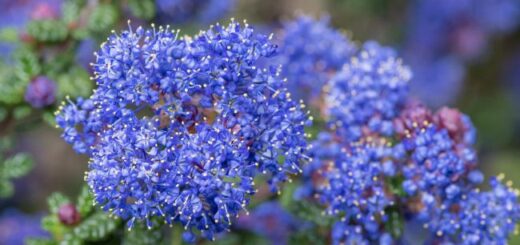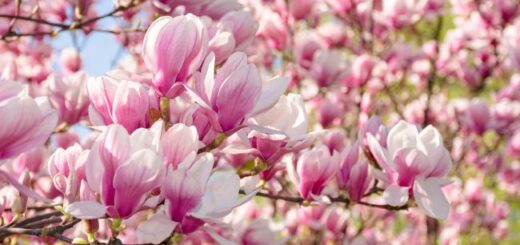Gardening calendar 4th Week in June 2022

Summer hanging baskets and containers outside
Whether planted for summer or winter interest, hanging baskets and containers provide valuable colour at eye level. Choose vibrant bedding plants for a short-term show or herbs, shrubs and evergreens for a long-lasting display.
What to plant
Plants for summer baskets:Argyranthemum, Lysimachia (creeping jenny), Dichondra ‘Silver Falls’, Fuchsia, Pelargonium (geraniums), Lobelia, Viola (pansies), Petunia, Salvia and Nicotiana (tobacco plants).
Plants for winter baskets: Buxus (Box), Crocus, Gaultheria, Iris reticulata cultivars, Hedera (ivy) – either variegated or plain, Carex (ornamental sedge), Primula (primulas and polyanthus), Cyclamen (small-flowered cyclamen), Viola (winter pansies and viola) and Erica carnea (winter-flowering heathers).
Plants for perennial baskets:Buxus (Box), Cordyline, Gaultheria, Hedera (ivy), Carex (ornamental sedge) and Salvia officinalis ‘Purpurascens’ (purple-leaved sage).
Consult your GardenAdvice MyGardenTeam for more details
Pinch out side shoots on tomatoes
Growing your own tomatoes is simple and just a couple of plants will reward you with plenty of delicious tomatoes through the summer. They’re ideal for growing in containers, either outdoors in a sunny spot or in a greenhouse, and there’s a whole array to try, from tiny sweet cherry tomatoes to full-flavoured giant beefsteaks.
Pruning, training and pinching out tomatoes
The two different types of tomatoes are treated differently – check your seed packet or plant label to see which type you are growing:
A plant that is restricted by pruning to usually one main stem, either upright or at a 45 degree angle, with short fruiting side-shoots (spurs). Apples, pears, gooseberries, tomatoes, redcurrants and whitecurrants are often grown as cordons, especially where space is limited. Sweet peas can be grown as cordons to produce large flowers for exhibition.
Cordon tomatoes are grown as tall, single-stemmed plants – they need tall supports and the side-shoots should be removed regularly.
Bush tomatoes are more compact and the side-shoots should not be removed. They may or may not need support, depending on how large they grow and whether the stems are strong enough to carry their crop of fruit.
Cordon tomatoes – training up supports
Cordon tomatoes need support, usually either a tall sturdy
A cane is a slender, straight, length of woody plant material, usually bamboo. Canes are primarily used as plant supports.
cane or a vertical string coming down from an overhead horizontal support, such as a greenhouse roof, and anchored in the soil under the plant’s rootball. However, tomatoes don’t cling to supports or
Twine is a soft, fine loosely woven string treated with preservatives for outdoor use. Used for tying in climbers and other plants to supports.
twine around them naturally, so must be attached by hand as they grow. If using a cane support, simply tie the main stem to it at regular intervals as it grows.
If using a vertical string, gently wind the string around the top of the main stem once or twice a week as it grows. When plants reach the top of their support or have
Cordon tomatoes – removing side-shoots
Cordon tomatoes are best grown as single-stemmed plants. However, these Vigorous are healthy, strong-growing plant stems, especially when new growth is produced.
vigorous plants naturally produce side-shoots from the joints where leaves sprout from the main stem. These side-shoots should be pinched out to keep plants growing vertically on just one stem. If they’re not removed, the side-shoots grow rapidly, forming a mass of long, scrambling, leafy stems that are difficult to support, produce few fruits and take up a lot of space. Removing the side shoots is simple – every time you water, check the plant for any shoots sprouting just above each leaf, from the joint between the leaf and the stem. Pinch these out or snap them off.
Bush tomatoes – providing support
Bush tomatoes are more compact and less vigorous than cordon tomatoes, and may not need support at all. But if they carry a heavy crop of fruits, the side-shoots may start to droop or be at risk of snapping. If so, simply add short vertical canes when required, tying in the shoots loosely to the cane.





